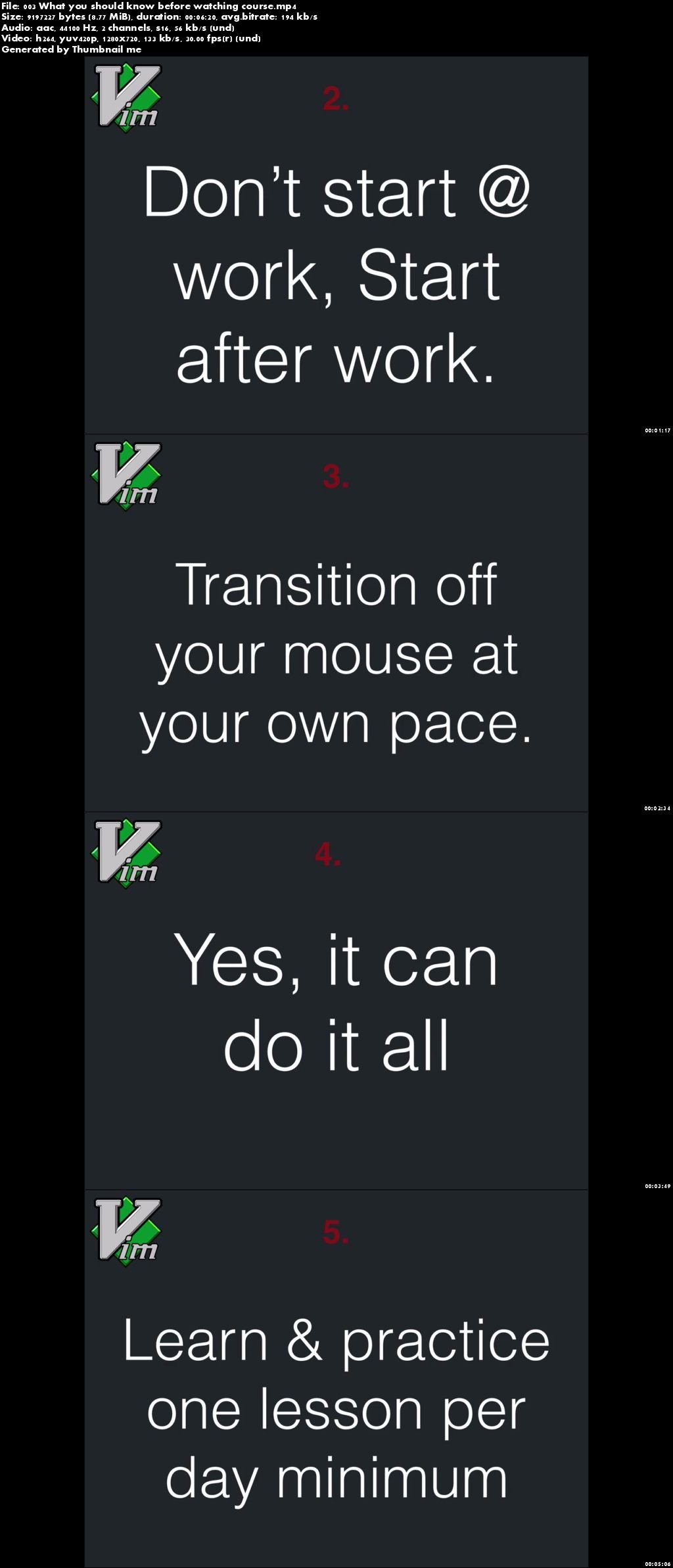

Vim is a text editor that is a clone of the vi editor, which was created around 1976. The difference is that the text is replaced instead of having text added.Written by Chris Gregg and Dominique Yahyavi, with modifications by Peter Johnston, Nick Troccoli, and Lisa Yan It is very similar to how it will be in insert mode. Now whatever you type will replace the existing text. Move the cursor to the character you want to replace and by pressing R (capital r) you will enter Replace Mode. In replace mode we can replace existing text by directly typing over it. Vim has many other commands that you can get from the documentation with the help command, :h or :help.

#Vim text editor how to#
It is a popular joke that people sometimes accidentally enter vim and then don’t know how to exit the program. You will be able to see the command at the bottom of the screen. To enter command mode we type “:” from normal mode followed by a command. V will enter visual mode and make text selections by lineĬommand mode has a wide variety of commands that we cannot use in normal mode.After that moving the cursor to the end selection point will highlight your text. In order to make a text selection we have to press the v key to enter visual mode and create a starting selection point. When selecting text we can allow commands to copy, delete, or replace the selection. Visual mode is used to select text, just like you would when dragging with your mouse. Remember that to get out of insert mode back into normal mode you can use the Esc key. There are also other ways to enter insert mode but these are the most common ones that will get you started. O inserts a new line above the current one and enters insert mode on the new line.o inserts a new line below the current line and enters insert mode on the new line.A will move the cursor to the end of the line and enter insert mode.a stands for ‘append’ and will move the cursor to the end of the current word and enter insert mode.I (capital) moves the cursor to the beginning of the line and enters insert mode.i will immediately switch you to insert mode.You can access insert mode by using one of a few available insert commands. This is where typing will insert text, just like any other text editor. Insert mode will be the most familiar mode. In this mode we can also undo and redo changes. r will replace the selected character with a new character.x will delete the character that is currently selected by the cursor.

This mode also allows you to make some changes to single characters. $ will move the cursor to the beginning of the line.0 will move the cursor to the beginning of the line.You can also move to the beginning/end of the line If you type 6l the cursor will move 6 spaces to the right. For example, if you type 5j the cursor will move down five lines. With many Vim commands you can add a number to the command and it will repeat. It might be a little weird but this way allows you to keep your hands on the keyboard. This is the main way to move the cursor around. Instead of inserting text you can navigate the text file. In normal mode key presses don’t behave like in other text editors. To access this from a different mode we use the Esc key. Normal Modeīy default Vim starts out in “Normal Mode”. Because of this Vim has different modes that allow you to do different things. That makes it different from other editors. Vim is focused on changing existing text as much as adding new text.


 0 kommentar(er)
0 kommentar(er)
